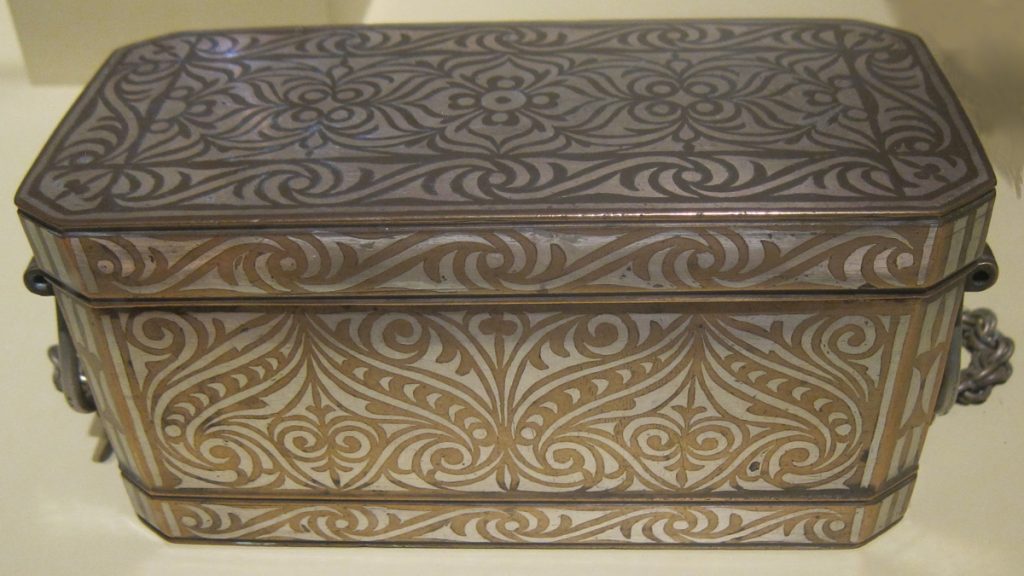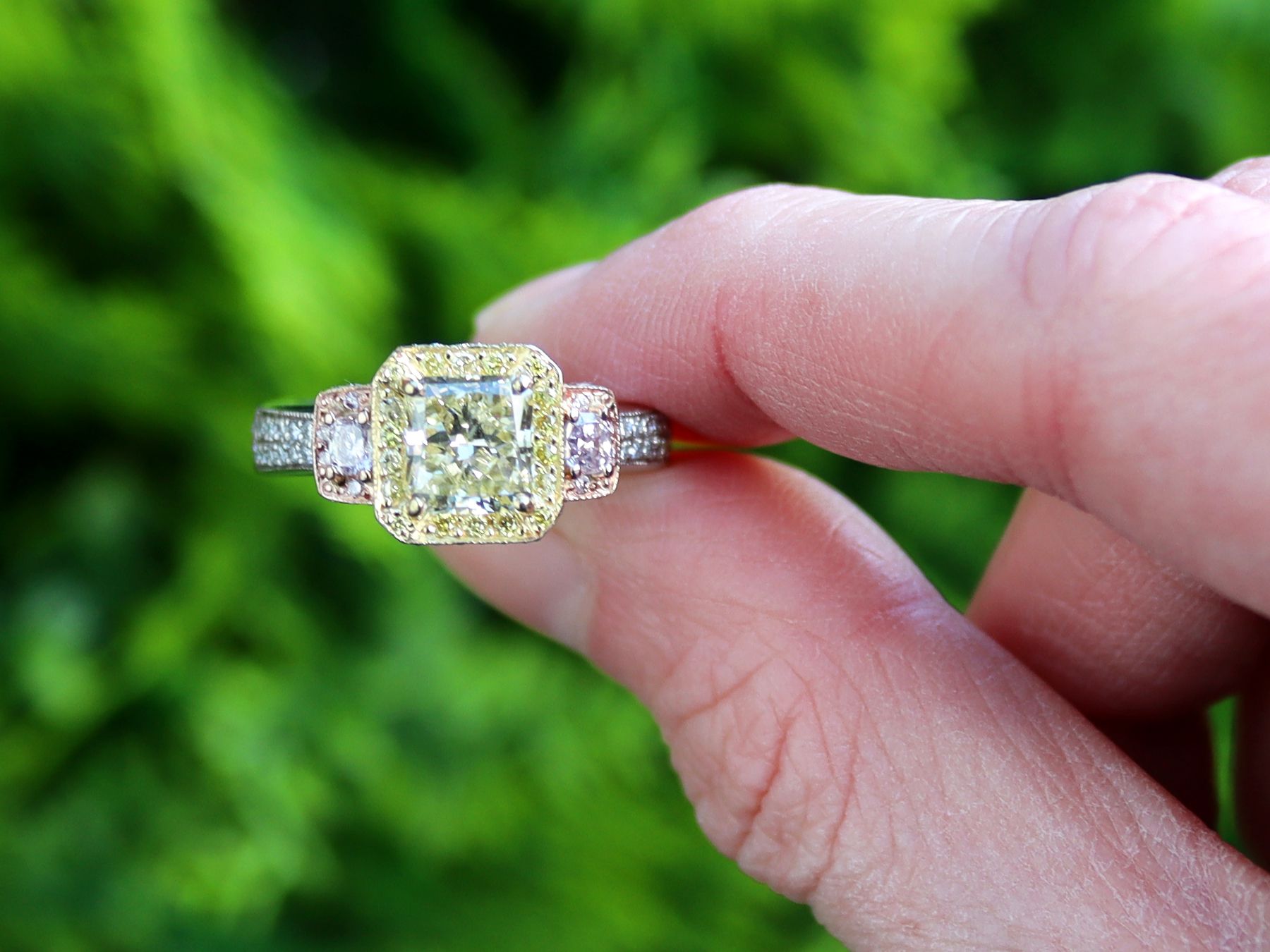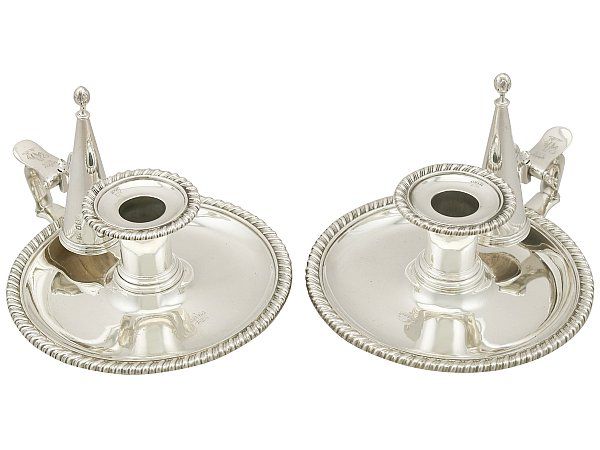What Is a Betel Box?
The betel box is a rectangular hinged box, often handmade from wood, metal, lacquer, ivory, tortoise shell gold and even silver boxes. The boxes were used to store the areca nut, which was wrapped with a betel leaf and other ingredients including lime and tobacco and was used for chewing. This forms a “quid” or parcel of the four ingredients. This concoction gave a mild stimulant, similar to drinking coffee or smoking a cigarette. It was held between the cheek and mouth to allow for sucking and chewing, it stained teeth black and lips red and consumers would spit out the excess juice from the betel mixture. This chewing tradition was commonly practiced in South Asia, including Thailand, the Philippines, Sri Lanka, India and Papua New Guinea and a custom which was enjoyed by both men and women. The metal boxes usually contained smaller compartments inside and were used to store the ingredients necessary to assemble a quid of betel. The betel box was also seen as a fashion accessory, the more intricate the design on the box and the material used showed status of the owner.
History of the Betel Box
It is believed the origins of the betel box is at least 2000 years old. The earliest evidence found of the use of areca nut dates back to 10,000 BC and was discovered at Spirit Cave in north-western Thailand. In the Duyong Cave in the Philippines skeletons with betel stained teeth have been found bearing evidence of betel chewing from 3000 BC. During the colonial period the tradition of chewing betel was adopted by the Dutch and exquisite boxes were commissioned becoming an essential part of hospitality with indigenous rulers. Betel boxes have been written about on several accounts by Chinese writers and travellers dating back to the 7th century. They believe the betel nut had medical qualities most popular being a mouth wash, treating headaches and skin infections. It is documented in the 11th century that Royals in South-East Asia partook in the betel chewing custom, written records provide details of people sharing a quid with a king and the use of betel in royal ceremonies. They monarchy’s betel boxes would be made from pure gold and include intricate gold-filigree to represent their wealth and status.
Betel Box in the present day
Today, the 2000-year-old tradition of betel chewing has decreased in popularity in South – East Asia, at least in urban areas. However, in other areas of the continent betel chewing is increasing such as Bombay in India, and the use of the betel box is still very much needed today. Most betel boxes are displayed at museums and can be rare to find, as gold was melted down in times of need. The legacy of betel chewing is still remanent for its medicinal and symbolic purposes and it is a vital part of the South-East Asian culture.
Reference’s
https://www.silvercollection.it/dictionarybetelbox.html
https://collections.vam.ac.uk/item/O18182/betel-box-betel-box/






